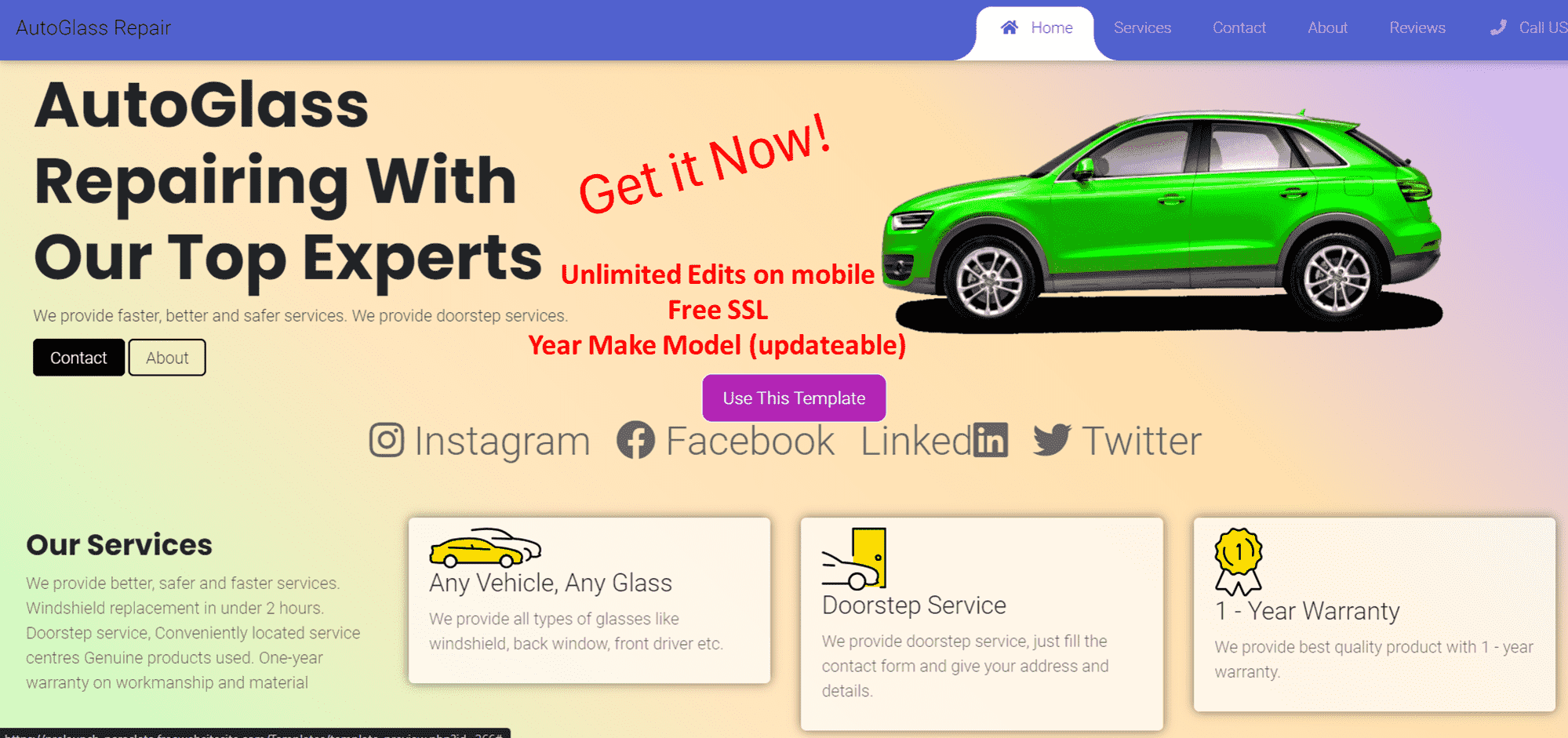Setting Up Goals and Funnels to Measure Client Journey
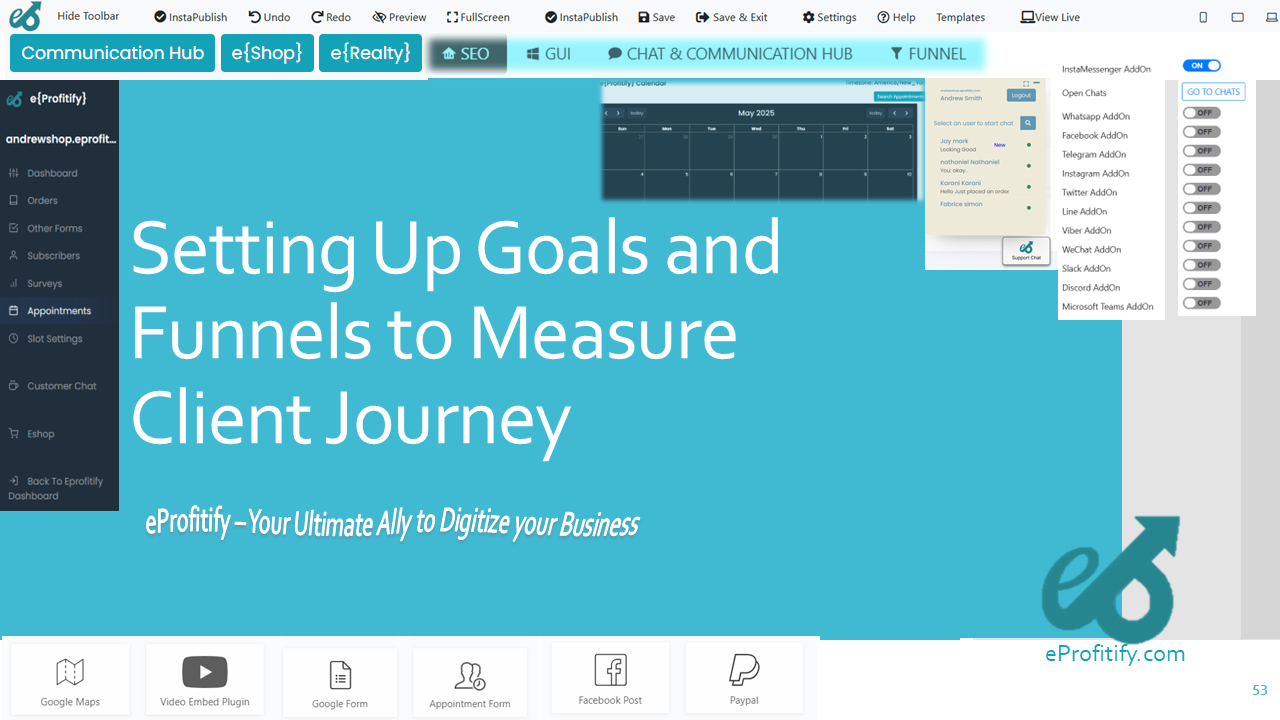
Setting Up Goals and Funnels to Measure Client Journey: A Data-Backed Guide
In today’s hyper-competitive digital landscape, understanding your client journey is no longer optional—it’s essential. A well-defined client journey maps the interactions between customers and your brand, from initial awareness to post-purchase engagement. However, without measurable goals and structured funnels, businesses risk losing visibility into critical touchpoints that drive conversions. This article provides actionable insights into setting up goals and funnels to optimize the client journey, supported by industry statistics, and highlights how eProfitify—a leading website publishing and management platform—offers robust tools to streamline this process.
Why the Client Journey Matters
The client journey encompasses every interaction a customer has with your brand. According to Salesforce’s 2023 State of the Customer Report, 84% of customers say the experience a company provides is as important as its products or services. Yet, only 46% of businesses track customer journeys comprehensively, leaving gaps in personalization and retention strategies.
By measuring this journey, businesses can:
- Identify drop-off points in conversion paths.
- Personalize marketing efforts using data-driven insights.
- Improve customer lifetime value (CLTV) by nurturing loyalty.
Goals vs. Funnels: The Foundation of Measurement
Goals are specific, measurable outcomes tied to business success, such as newsletter sign-ups, product purchases, or consultation requests. Funnels, however, visualize the steps users take to achieve these goals. For instance, an ecommerce funnel might include:
- Visiting a product page (Awareness).
- Adding items to the cart (Interest).
- Proceeding to checkout (Decision).
- Completing the purchase (Action).
A study by Baymard Institute found that 69.8% of online shopping carts are abandoned, underscoring the need to analyze funnel stages for leaks.
Step-by-Step: Setting Up Goals and Funnels
1. Define Clear Objectives
Align goals with broader business targets. For example, a SaaS company might prioritize free trial sign-ups, while a retailer focuses on cart completions. Use the SMART framework (Specific, Measurable, Achievable, Relevant, Time-bound).
Statistic: Companies with aligned sales and marketing teams achieve 36% higher customer retention (HubSpot, 2023).
2. Map the Client Journey
Create a flowchart of touchpoints, such as social media ads, landing pages, or email campaigns. Identify micro-conversions (e.g., clicking a pricing page) and macro-conversions (e.g., purchasing a subscription).
3. Choose Analytics Tools
Platforms like eProfitify simplify tracking with intuitive dashboards. Its CRM and analytics tools automatically log user behavior, appointment bookings, and ecommerce activity, centralizing data for actionable insights.
4. Implement & Monitor
Set up goals in your analytics tool (e.g., Google Analytics or eProfitify’s native analytics). Track funnels to spot bottlenecks. For example, if 70% of users abandon carts at the payment stage, consider simplifying checkout steps.
Statistic: Optimizing checkout processes can recover 35% of abandoned carts (SaleCycle, 2022).
5. Analyze & Optimize
A/B test elements like CTAs, pricing displays, or email subject lines. Continuously refine based on data.
Statistics Highlighting the Power of Funnels
- Businesses using customer journey analytics report 20-30% increases in customer satisfaction (Gartner, 2023).
- Personalized email campaigns driven by funnel data achieve 50% higher open rates (Experian).
- Companies with optimized funnels see 3x higher conversion rates than competitors (Forrester).
eProfitify: Your All-in-One Solution for Client Journey Management
While setting goals and funnels requires strategic planning, the right tools make execution seamless. eProfitify, a leading website publishing and management platform, integrates essential features to automate and enhance every stage of the client journey:
- Instant Messaging: Engage visitors in real-time via chatbots or live chat, reducing response times and guiding users toward conversions.
- Appointment Management: Streamline bookings with automated reminders, reducing no-shows by 40% (eProfitify case study, 2023).
- Ecommerce Integration: Track product views, cart additions, and purchases within a unified dashboard to identify funnel leaks.
- CRM Tools: Centralize customer data to personalize interactions. Segment users based on behavior, such as frequent buyers or newsletter subscribers.
- Analytics Suite: Monitor goal completions, funnel drop-offs, and campaign ROI without switching platforms.
Case Study: A boutique fitness studio using eProfitify’s appointment and CRM tools saw a 25% increase in membership sign-ups by retargeting clients who abandoned booking forms.
Conclusion
Mapping and measuring the client journey through goals and funnels is critical for sustainable growth. By leveraging analytics and automation tools like eProfitify, businesses gain unparalleled visibility into user behavior, enabling them to eliminate friction, personalize experiences, and boost revenue. As the digital ecosystem evolves, adopting an integrated platform that combines website management, CRM, and ecommerce capabilities isn’t just advantageous—it’s imperative.
Start your journey with eProfitify today, and turn anonymous visitors into lifelong customers.
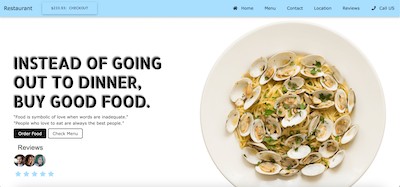
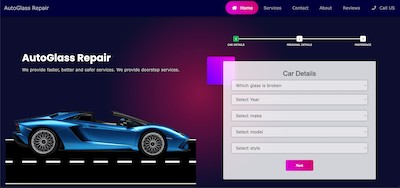
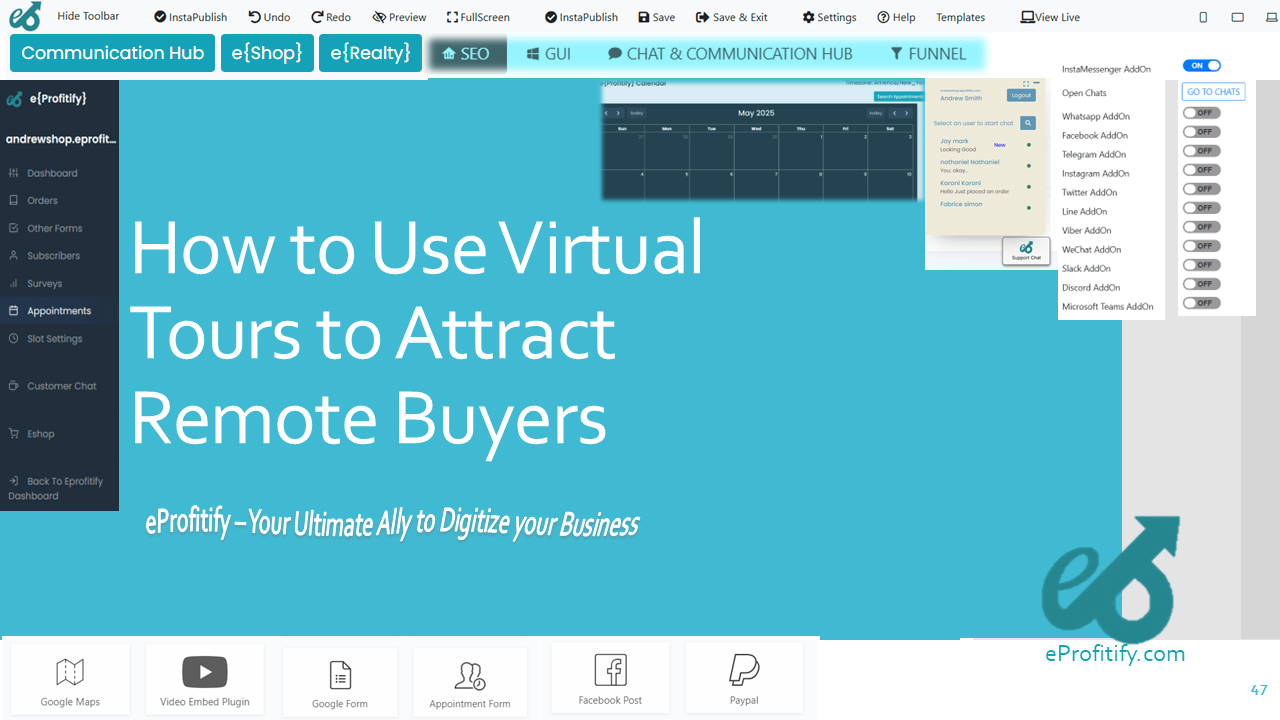
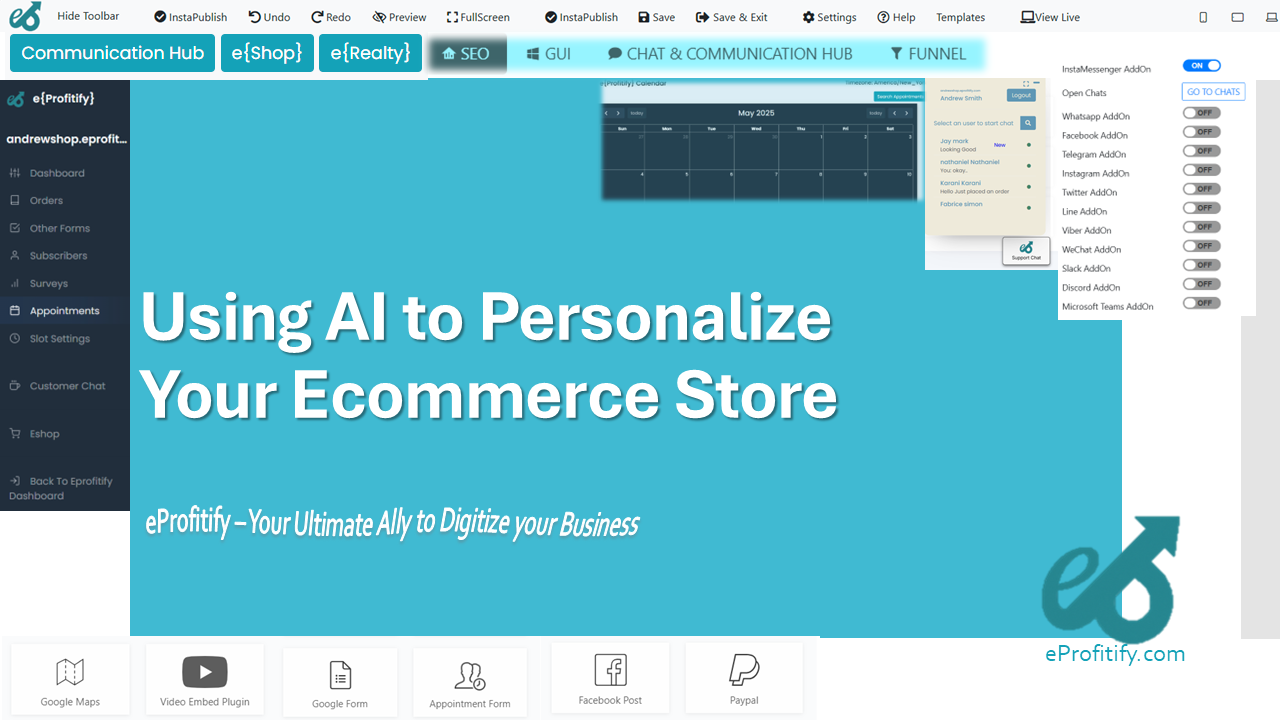
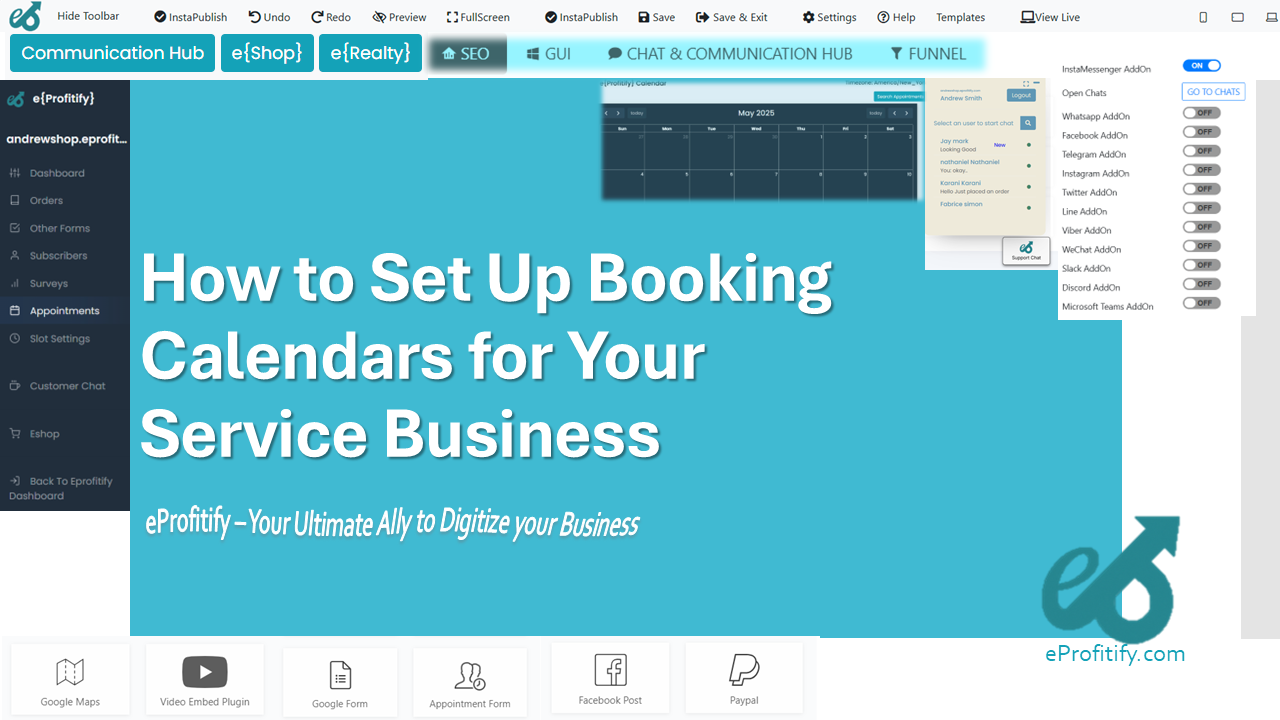
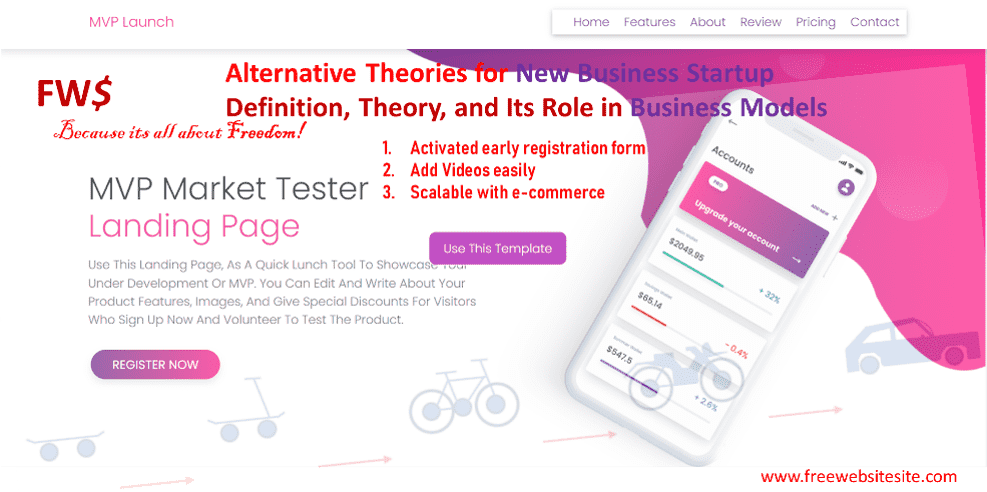
 (1).png)
